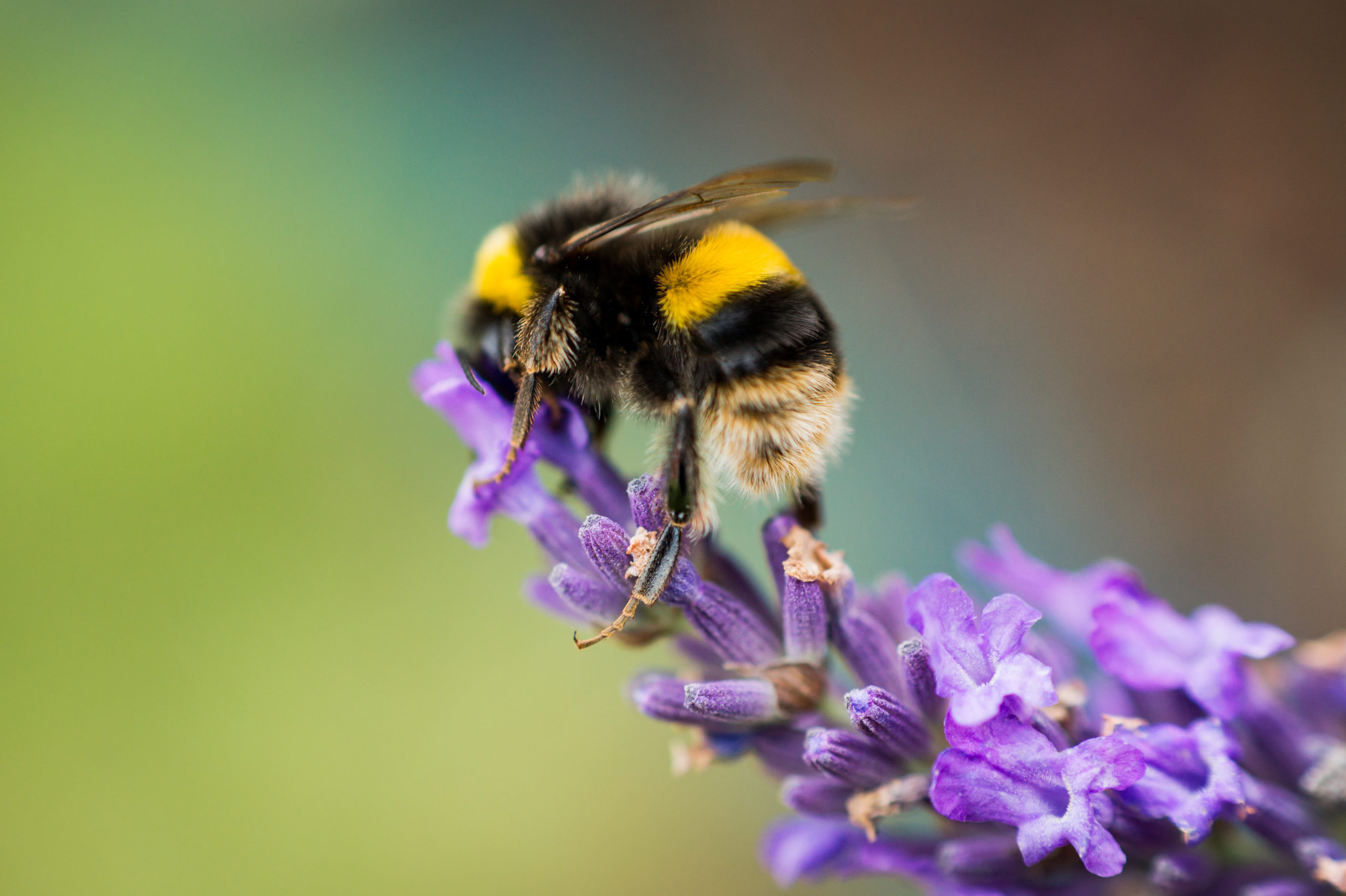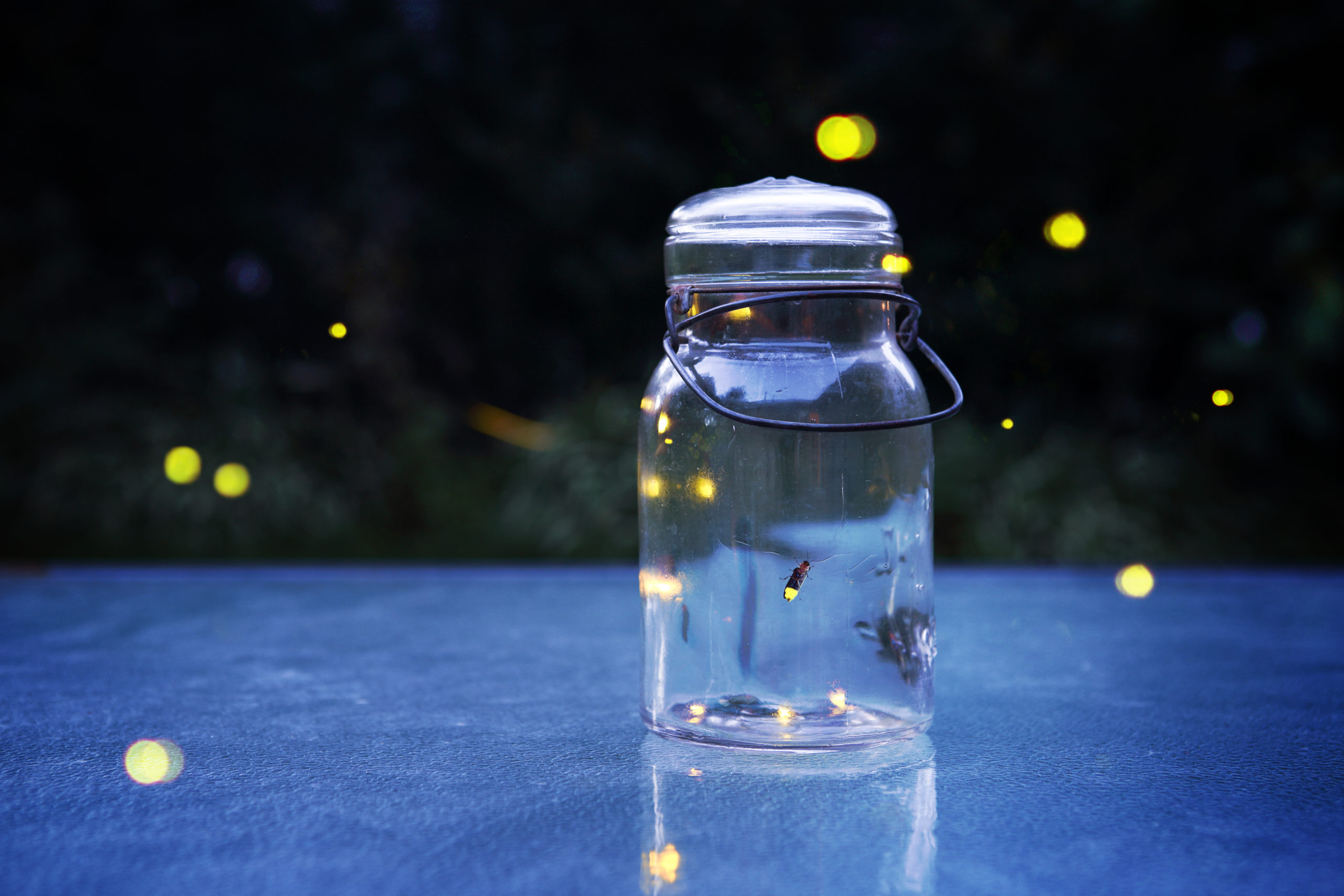5 of the Cutest Insects Alive
5 of the Cutest Insects Alive
1. Butterflies
Butterflies are famous for being considered some of the most beautiful and well-liked insects. They are part of the order Lepidoptera which includes all species of both butterflies and moths. The miraculous patterns and colors on their wings as well as their gentle and majestic nature speaks to the true beauty of these insects.

2. Bumblebees (Bombus)
Known scientifically as “Bombus,” the term bumblebee is often utilized to describe over 250 different types of bees within the Apidae family. Some common types include the Bombus lapidarius, Bombus hypnorum, and the Bombus hortorum. Out of all of the Hymenoptera order (which encompasses wasps, yellow jackets, hornets, bees, etc.), these guys are typically considered the cutest, as well as friendliest. They are large with rounded, fuzzy bodies decorated with yellow and black stripes. During flight, they seem to move almost drunkenly through the air and will allow their legs to hang down lazily.

3. Fireflies
On a warm summer night, you can look out into you yard to see a magical sight… twinkling little lights blinking on and off, dancing through the air and making the breeze shimmer in magnificence. If this was your first time seeing such a sight, it’s likely that you’d never guess the source behind this amazing beauty is insects.
The Phontinus pyralis are the most commonly found fireflies in the United States and are the ones you are most likely to have an amazing time catching with your children on those warm summer nights.

4. Ladybugs
Ladybugs are known by several different names including lady beetle, lady cow, and even ladybird. While their most common name suggests that they are ‘bugs,’ these little beetles are actually members of the Coccinellidae within the order Coleoptera (beetles), not Hemiptera (bugs). Lady bugs are typically rather small in size, measuring only about 0.8-10mm from end to end of their oval/round bodies. They have tiny antennae and are most recognizable by their deep reddish color with black spots.
Finding a lone ladybug in your home is often met with pleasant surprise. These little beetles are quite harmless and even considered somewhat cute, making them one of the least despised pests in existence. In fact, they can even be beneficial to have around as they consume a variety of problematic pests that can be destructive to homes and gardens such as aphids, mites, and other insect larvae.

5. Honeybees
Unlike their cousins’ wasps, yellow jackets, and hornets, honeybees are considered exceedingly docile creatures that attack only when they believe that their colony, or their own person, is in mortal danger. They are social insects that work together in order to benefit their colony as a whole. In this process of aiding their colony, these hardworking little bees manage to fulfill a vital role for the environment as they pollinate hundreds of different plants within each of their given territories. This pollination is a fundamental process for the sustainability and survival of the world’s ecosystems. In addition to this major contribution to the planet, honeybees also provide a precious and widely enjoyed commodity to our tables: honey. This incredibly delicious commodity is liquid gold! Honey is anti-bacterial and has an insanely long shelf-life. Historically it has been used in Egyptian mummification and as a medicine to prevent bacterial infections in wounds and soothe certain stomach pains. Today it is still used as a natural treatment for stomach ulcers and is highly effective in alleviating seasonal allergies when the honey is locally sourced for whomever is consuming it.
This gentle nature and amazing helpfulness of honeybees and their honey is only amplified by the fact that if you get a look at them up close, they’re really quite cute! And if you get nervous around bees and need just a little bit more convincing… check out this adorable video of a honeybee taking a little snooze in a flower:
Citations
Bees and Wasps (no date) Illinois Department of Public Health. Available at: https://www.dph.illinois.gov/topics-services/environmental-health-protection/structural-pest-control/bees-wasps (Accessed: May 21, 2021).
Bioluminescent Insects – Bugs That Get Confused With Fireflies (no date) Firefly. Firefly Research and Conservation. Available at: https://www.firefly.org/bioluminescent-insects.html (Accessed: November 24, 2020).
Bioluminescent Insects Glowing in the Darkness (2018) Scribol. Available at: https://scribol.com/environment/animals-environment/bioluminescent-insects-glowing-in-the-darkness/6/?as=799 (Accessed: November 24, 2020).
Bradford, A. (2017) Facts About Bumblebees, Live Science. Available at: https://www.livescience.com/57509-bumblebee-facts.html (Accessed: August 2020).
Bumblebees vs. Honeybees: What’s the Difference, and Why Does it Matter? (no date) The Student Conservation Association. Available at: https://www.thesca.org/connect/blog/bumblebees-vs-honeybees-what’s-difference-and-why-does-it-matter (Accessed: October 2020).
The Differences Between Bumblebees and Honeybees (no date) Bumblebee Conservation Trust. Available at: https://www.bumblebeeconservation.org/bee-faqs/honeybees-vs-bumblebees/ (Accessed: October 2020).
Frank, J. and Mizell, R. (2014) Ladybirds, Lady Beetles, Ladybugs (Insecta: Coleoptera: Coccinellidae), The University of Florida Department of Entomology and Nematology. The Florida Department of Agriculture and Consumer Services. Available at: https://entnemdept.ufl.edu/creatures/beneficial/lady_beetles.htm (Accessed: October 2020).
Is it a Honeybee, a Bumblebee or a Wasp? (2019) Bee Loved. Available at: https://www.beeloved.co.uk/buzzfeed-1/2016/6/21/is-it-a-honeybee-a-bumblebee-or-a-wasp (Accessed: October 2020).
Kearney, H. (2019) Comparing Bumblebees with Honeybees, Keeping Backyard Bees. Available at: https://www.keepingbackyardbees.com/comparing-bumble-bees-with-honey-bees-zbwz1909zsau/ (Accessed: October 2020).
Lady Beetles (no date) Cornell University College of Agriculture and Life Sciences. Available at: https://biocontrol.entomology.cornell.edu/predators/ladybeetles.php (Accessed: October 2020).
Ladybugs (no date) PestWorld.org. The National Pest Management Association. Available at: https://www.pestworld.org/pest-guide/occasional-invaders/ladybugs/ (Accessed: March 31, 2021).
Ladybird (no date) Amateur Entomologists’ Society. Available at: https://www.amentsoc.org/insects/glossary/terms/ladybird (Accessed: October 2020).
A Simple Guide to Preventing Stinging Pests
A Simple Guide to Preventing Stinging Pests A Simple Guide to Preventing Stinging Pests Summary: Stinging insects are more active in warm weather, [...]
These 10 Natural Mosquito Repellents Can Actually Help
These 10 Natural Mosquito Repellents Can Actually Help These 10 Natural Mosquito Repellents Can Actually Help Summary: Natural mosquito repellents are easier to [...]
How to Get Rid of Carpet Beetles
How to Get Rid of Carpet Beetles How to Get Rid of Carpet Beetles Summary: Carpet beetles are sneaky pests that don’t usually [...]
How Do Roaches Affect Asthma and Allergies?
How Do Roaches Affect Asthma and Allergies? How Do Roaches Affect Asthma and Allergies? Summary: It’s no secret that pests impact human health, [...]
These 5 Carnivorous Pests Might Surprise You!
These 5 Carnivorous Pests Might Surprise You! These 5 Carnivorous Pests Might Surprise You! Summary: There are many eco-friendly ways to prevent pests, [...]
The 5 Pet Pests That Really Bug Dogs and Cats
The 5 Pet Pests That Really Bug Dogs and Cats The 5 Pet Pests That Really Bug Dogs and Cats Summary: Dogs and [...]

